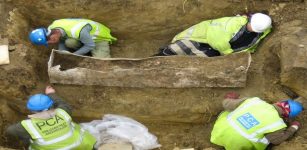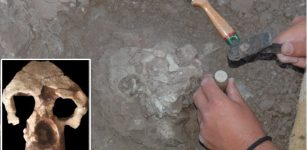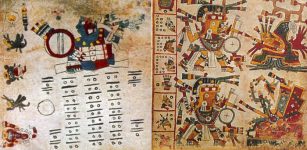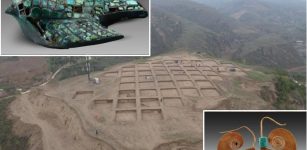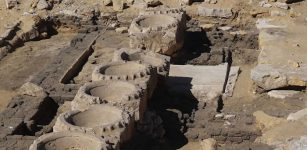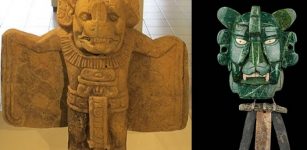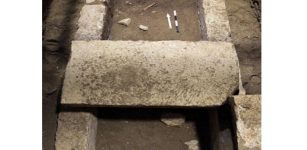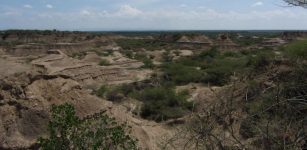Maya Site With At Least 300 Buildings Some Of Which Are Over 8 Meters High – Discovered
Conny Waters - AncientPages.com - Mexican officials has just announced the discovery of an ancient archaeological Maya site along the route of the Maya Train railroad in Quintana Roo, the home of the city of Cancún, in a Mexican state on the Yucatán Peninsula.
Tulum - Temple of the Wind God. Image credit: - CC BY-SA 3.0
The site has more than 300 buildings that resemble many other Maya ruins in the region. However, INAH researchers pay special attention to some of the unearthed buildings due to their unusual height, which reaches the mark of 8 meters, according to Diego Prieto, director of the National Institute of Anthropology and History (INAH).
Today is widely known that such regions of Mexico as Quintana Roo and Yucatan are archaeologically and historically fascinating.
The discovery area includes pre-Hispanic structures and “ancient roads,” that constitute archaeological evidence of Mayan settlements “throughout this region of our country.”
“Engineering adjustments are being made to the southern part of section 5 [of the railroad] in order to protect an impressive archaeological site that we’ve recognized as Paamul II,” Prieto said on President López Obrador’s regular news conference on Thursday morning, as cited by by Mexico News Daily.
“This site … will be protected as [part of] an … ecological and archaeological corridor,” he informed.
The southern part of section 5 of the railroad (Tramo 5 Sur) will link Solidaridad, the municipality where Playa del Carmen is located, to Tulum. The government decided to move the route inland earlier this year after the Playa del Carmen business community complained about the construction of the railroad through that city. Environmentalists have protested the modified route as its construction requires the clearing of significant sections of virgin forest.
INAH’s archeological review of the land along Tramo 5 Sur is only 11 percent complete. Divers are also working to “recover very valuable material” and “assist the safety of the work in this section” where there are subterranean rivers and cenotes (natural sinkholes), Prieto said.
Cenotes are a natural phenomenon that appeared after the collapse of the vault in limestone caves. They are specifically associated with the Yucatán Peninsula of Mexico, and they were used for water supplies by the ancient Maya, and occasionally for sacrificial offerings.
The Maya considered these places sacred.
“[The divers] are working in caverns, in flooded caves, in cenotes and they’re providing very valuable information … that speaks of very ancient times. There is Pleistocene [ice age] fauna in these caverns,” Prieto said.
The INAH chief also said that more than 25,000 “immovable assets” have been found along the different sections of the Maya Train railroad, which will run through Tabasco, Campeche, Yucatán, Quintana Roo and Yucatán and is slated to begin operations in 2023.
INAH achaeologists also report many other significant discoveries that include "431 complete ceramic pots and 423 bones “corresponding to [pre-Hispanic] human burials.” Additionally, the INAH team contributed with other findings in the form of various relics, personal items, and tools.
See also: More Archaeology News
Later, these valuable relics will be displayed in museums, including a new one that will be established in the historic center of Mérida, Yucatán, especially for “Maya Train discoveries.”
One day, the fascinating site will be granted ecological and archaeological protection, the INAH chief added.
Written by Conny Waters - AncientPages.com Staff Writer








